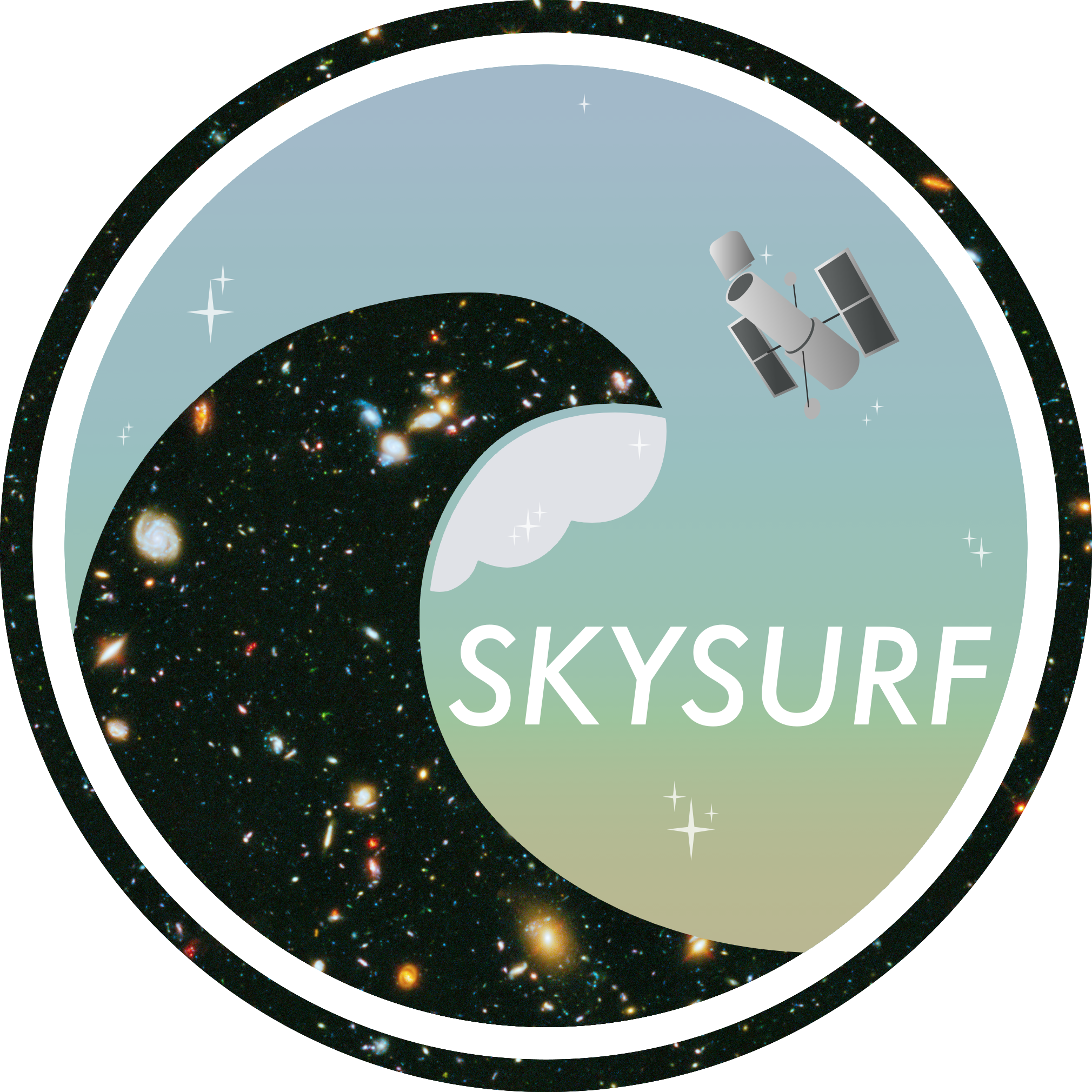About SKYSURF
Despite how dark the night sky appears, our view of the Universe is clouded by light from within our Solar System. This foreground light is an important consideration for space telescopes looking toward the heavens ‒ less than 5% of the light received by the Hubble Space Telescope comes from extragalactic sources that it targets. Accurately characterizing the foreground and background sky components is crucial to utilizing the full power of Hubble. For example, a large number of low surface brightness galaxies, with surface brightnesses more than 5 times fainter than the foreground sky level, have been identified in the nearby Universe. Hubble's excellent sensitivity makes it an ideal candidate to study these objects, but the foreground light must be precisely understood (in terms of its brightness, color, and time-dependence) in order to accurately characterize these objects.

In addition to a better understanding of low-surface-brightness objects possible though this measurement, a thorough study of the foreground and background sky light can improve our understanding of its source. For example, studying how foreground light is distributed across the sky can inform our understanding of how faint Kuiper Belt Objects are distributed in the outer Solar System. Furthermore, the level of truly extragalactic background light can help us understand where that light comes from - is it diffuse galaxies and galaxy clusters in our own backyard, or echos of light from the first stars?
SKY-SURF will use Hubble's remarkable precision and stability to measure the absolute all-sky surface brightness in the 0.2-1.7 micron wavebands from 57,302 ACS and WFC3 datasets in ~1100 fields. This Legacy dataset will constrain the diffuse UV-through-near IR sky components: Zodiacal Light (from the inner solar system), light from Kuiper Belt Objects (in the outer solar system), Diffuse Galactic Light, and Extragalactic Background Light (EBL). SKY-SURF will: (1) construct optimized panchromatic object catalogs, and an all-sky model of the (time-dependent) Zodiacal Light, plus the Diffuse Galactic Light at 10 deg resolution in the UV, U, B, V, r, i, z, Y, J, and H filters free of discrete objects; (2) determine the integrated EBL to <3% by measuring panchromatic galaxy counts over 1100 fields.
